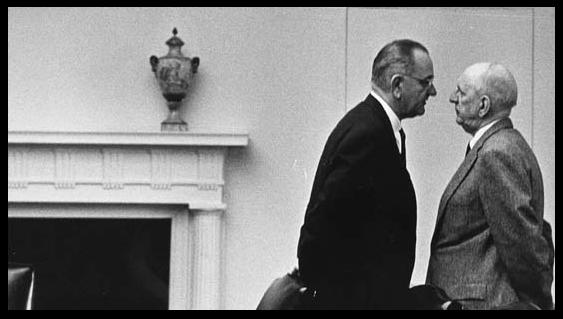Difficult conversations are the type we usually avoid or sugarcoat because many of us don’t know how to have them and achieve outstanding results.
Yet, research shows that highly influential individuals typically achieve a level of mastery in having these difficult conversations.
—————————————————————————————-

Introducing The Micro-Training™ Platform
Think “University meets YouTube“
Online video training nuggets for $1.99 per person/month
—————————————————————————————-
In their book, Crucial Conversations: Tools for Talking When Stakes are High, authors Patterson, Grenny, McMillan, and Switzler define these difficult conversations as meeting three conditions:
1. Opinions vary
2. The stakes are high
3. Emotions run strong
For example, suppose you are working with colleagues to prepare a presentation for an important customer. You all agree to the content, but one of your colleagues wants to present some data that is somewhat speculative and you consider to be misleading. Everyone agrees that the data should be omitted, and there’s commitment to only display what’s in the slide package. Yet, during the presentation, the client asks a question and your colleague puts up a new slide with the questionable data. You begin fuming inside.
What do you do? Retaliate? Rip your colleague apart? Avoid him or her altogether? Clearly, emotions are running strong, the stakes are high, and there is clear disagreement – not to mention a breach of trust.
An effective leader that has mastered difficult conversations will see this as an opportunity to address and resolve a highly sensitive matter, as opposed to building resentment or venting anger.
Here are some ideas gleaned from Crucial Conversations that can help you prepare for a difficult dialogue and position you to achieve positive results:
1. Take a good look at yourself. None of us is ever 100% innocent. What is your responsibility in the matter? How could you have possibly contributed to what happened? Seek an outside perspective.
2. Put your heart in the right place. What is the ideal outcome that you want to achieve with the conversation? For the above example, perhaps it’s to better understand what happened, achieve a sense of completion, apply any agreed-upon consequences, and begin rebuilding trust with your colleague.
3. Create a safe space. Little can be gained when parties show up to the conversation armed with battle gear. Instead, begin by apologizing and acknowledging any responsibility that you may have in the matter. Also, tell the other person what you don’t want to happen and what you do want to happen during the conversation. For example: “I don’t want you to get defensive and I don’t want for us to build resentment toward each other. At the same time, I do want to understand what happened and how we can move forward from here.”
4. Commit to staying in the conversation until a win-win solution emerges. For example, tell the other party: “I commit to staying in conversation with you until a solution emerges that we’re both satisfied with.”
A last bit of insight comes from a great teacher by the name of Julio Olalla, who observes that the origin of the word “conversation” means “changing together.” In other words, our purpose for being in conversation with another human being goes far beyond the mere exchange of words.
The ideal outcome in having effective conversations is that each person is learning, growing, and allowing themselves to be transformed in the process.
When we instead show up with firmly attached and entrenched positions, our true self (that needs space to grow) has no space to be found in the conversation. Oftentimes, the best solutions emerge as both parties become transformed into something better.
What are some of the personal challenges you face in having those tough talks? Are you giving yourself and others enough room to breathe, grow, and learn? How have some of your past mistakes helped you grow into a more effective conversationalist? Please share your stories! I would love to hear them.
Image Source whitehouse.gov

